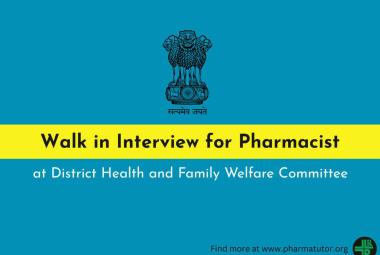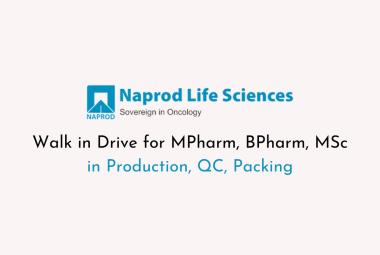A REVIEW ON PHARMACOLOGICAL ASPECTS OF TAGETES ERECTA LINN
ABOUT AUTHORS
Navjeet Singh*, Mrinal and Rubal Thakur
Dreamz College of Pharmacy, Khilra, Sundernagar, Himachal Pradesh, India
ABSTRACT: Medicinal plants and derived medicine are widely used in traditional culture all over the world and they are becoming increasingly popular in modern society as natural alternatives to synthetic chemicals. Tagetes erecta Linn Known as “genda phool” (Marigold) belong to the family Astraceae, native to Mexico, Central America, Bolivia and Colombia. All parts of this plant used for medicinal purposes. It contained wide range of chemical constituents thiophenes, flavanoids, cartenoids, triterpenoids, oxycaroteniod and xanthophylls. This review article focus on the pharmacological actions like antibacterial, antifungal, antioxidant, hepatoprotective activity, wound healing property, cytotoxic and insecticidal activities. This review is a step to open insight for therapeutic efficacy of Tagetes erecta.



 ABOUT AUTHORS
ABOUT AUTHORS





